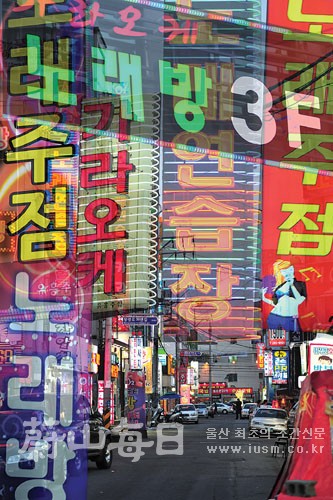Speakeasy
작성자 정보
- Jolie Flack쪽지보내기
- 작성일
Speakeasy
A speakeasy refers to an institution that illegally bought alcoholic drinks during the Prohibition era within the United States, which lasted from 1920 to 1933. These venues have been usually hidden, requiring patrons to speak quietly or "simply" to avoid drawing consideration to themselves, therefore the name.
Origins and Culture
Speakeasies originated as a response to the strict laws towards alcohol consumption. They flourished in city areas, providing a secretive space for social gatherings. Many of those places featured jazz music, dancing, and a vigorous atmosphere, contributing considerably to the cultural landscape of the Roaring Twenties.
Modern Speakeasies
Today, the term "speakeasy" is used to explain themed bars that purpose to recreate the illicit and intimate expertise of the Prohibition era. These modern institutions usually have hidden entrances, vintage decor, and a give consideration to craft cocktails. They evoke a sense of nostalgia whereas offering patrons with an exclusive and unique expertise.
In conclusion, the legacy of speakeasies endures, illustrating the timeless human want for social connection and the enjoyment of good drinks, even in the face of legal restrictions.
Speakeasies originated in the course of the Prohibition era within the United States, when the sale, manufacturing, and transportation of alcoholic beverages were illegal.
These hidden bars grew to become a well-liked way for people to take pleasure in alcohol in a clandestine method. To acquire entry, patrons typically needed to know the key password or use a discreet knock on the door.

Characteristics of Speakeasies
Modern speakeasies typically pay homage to their historic roots. They typically feature vintage decor, dim lighting, and a comfortable atmosphere. Many serve craft cocktails and supply a novel, unique experience.
The Appeal of Speakeasies Today
Today, speakeasies attract visitors in search of a way of adventure and privateness. The element of secrecy adds to the attract, making it a popular alternative for special events or an evening out.
Overall, speakeasies continue to thrive as a logo of revolt and creativity in the cocktail culture.

Speakeasies had been secret bars or clubs that grew to become in style in the course of the Prohibition era in the United States, which lasted from 1920 to 1933. These hidden venues allowed patrons to enjoy alcoholic drinks in defiance of the law.
Characteristics of Speakeasies
- Secretive Locations: Often found in basements, behind unmarked doorways, or in other discreet places.
- Unlawful Operations: They operated illegally, requiring a password for entry as a form of safety in opposition to legislation enforcement.
- Unique Ambiance: Many speakeasies featured jazz music, and 유흥 some were lavishly decorated to create an unique atmosphere.
Impact on Culture
The rise of speakeasies significantly influenced American culture. They turned centers for social interaction and leisure, reflecting the rebellious spirit of the time.
- Jazz Age: Speakeasies played a crucial position in the Jazz Age, popularizing jazz music and dance kinds.
- Cultural Fusion: They had been melting pots of diverse cultures, contributing to the mixing of musical and culinary traditions.
- Legacy: The fashionable cocktail culture owes a lot to the creativity and innovation that emerged in speakeasies.
Today, the term "speakeasy" has made a comeback, with many bars taking inspiration from the original idea by creating hidden and themed establishments that commemorate the spirit of the Prohibition period.


